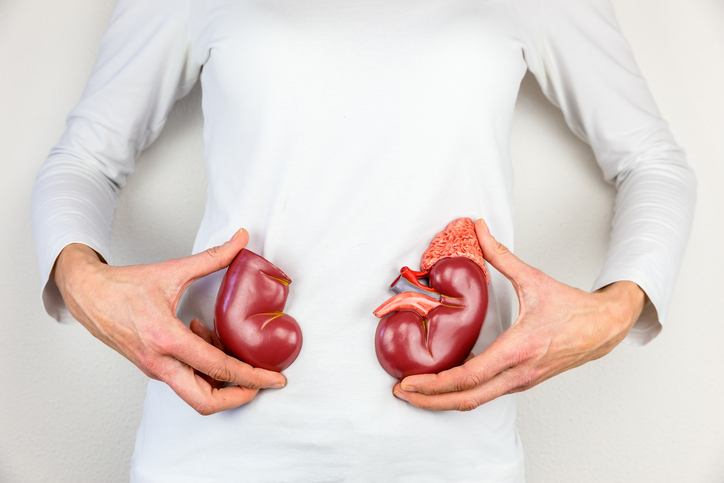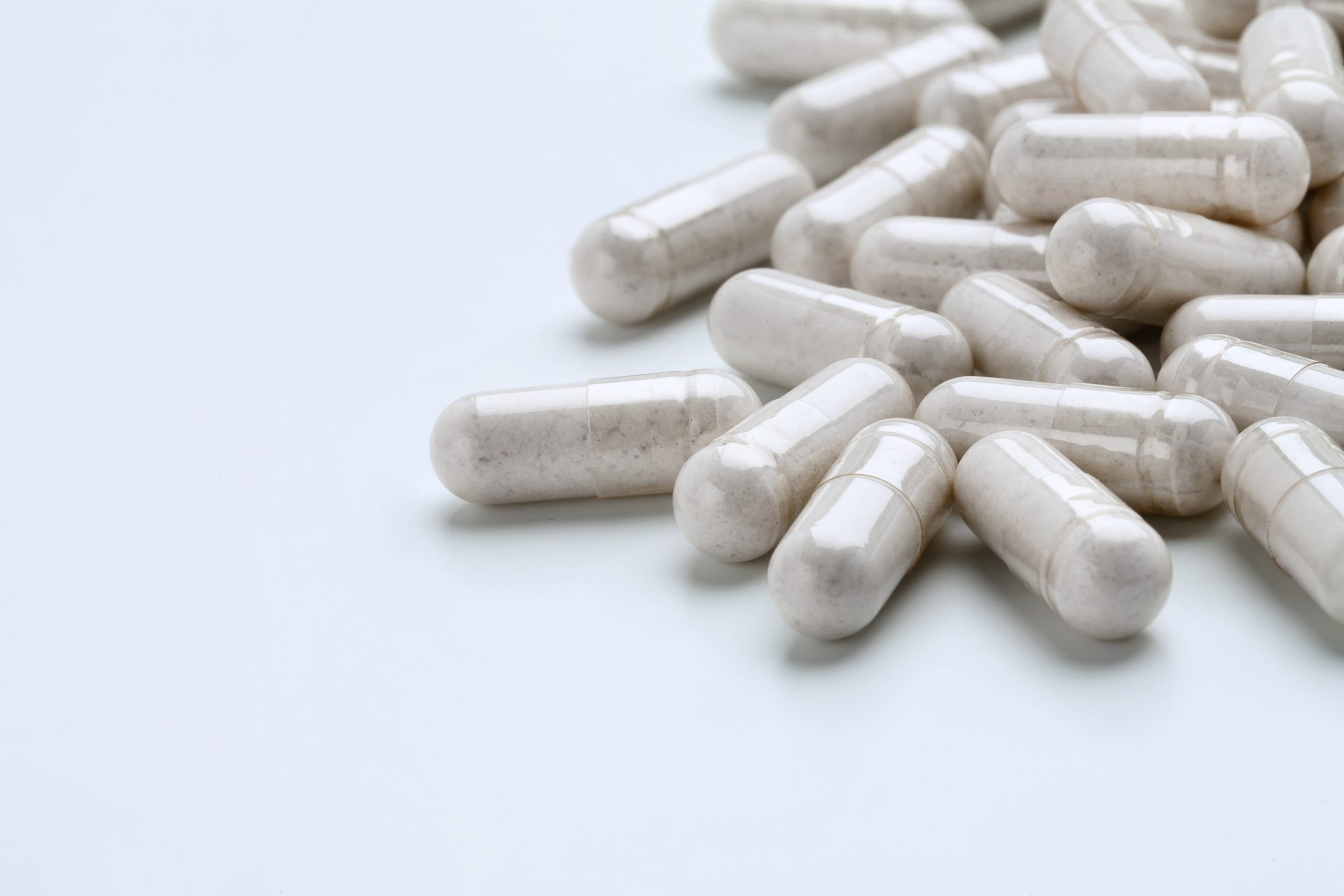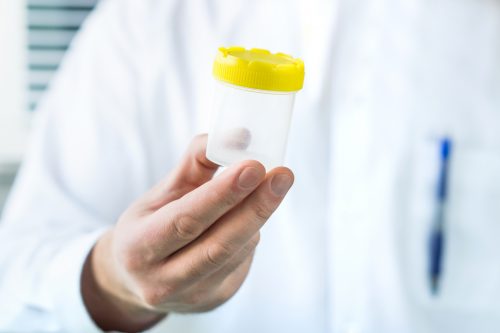
Worldwide, the most prevalent form of primary glomerular disease is immunoglobulin A (IgA) nephropathy (IgAN). The disease usually progresses from chronic slowly progressive kidney injury; however, as many as 30% of patients will progress to end-stage kidney failure. Proteinuria is strongly associated with decline in kidney failure; despite optimized renin-angiotensin-aldosterone system (RAAS) inhibitor therapy, patients with IgAN and persistent proteinuria are at risk for kidney failure.
Corticosteroids are often suggested for patients with IgAN and persistent proteinuria. However, the efficacy of corticosteroids is not well established and adverse side effects are well documented, making identification of new therapies for IgAN a priority. Hydroxychloroquine (HCQ), a well-known immunomodulator has not been well studied in IgAN. Results of previous studies were limited by nonrandomized or retrospective design. Li-Jun Liu, MD, and colleagues recently conducted a double-blind, randomized, placebo-controlled, phase 2 clinical trial designed to examine the efficacy and safety of HCQ when added to the treatment regimen of patients with IgAN. The researchers also sought to determine whether a larger multicenter trial with clinical outcomes is warranted. Results of the study were reported in the American Journal of Kidney Diseases [2019;74(1):15-22].
The study design compared oral HCQ to placebo in patients with IgAN receiving maximal supportive treatment, including RAAS inhibitor therapy and blood pressure control according to the Kidney Disease: Improving Global Outcomes glomerulonephritis guideline. The study was conducted at Peking University First Hospital, Beijing, PR China. Inclusion criteria were age 18 to 75 years, a diagnosis of biopsy-proven primary IgAN, estimated glomerular filtration rate (eGFR) >30 m/min/1.73 m2, and proteinuria with protein excretion of 0.75 to 3.5 g/day despite receiving a maximum tolerable dose of RAAS inhibitor for at least 3 months. Exclusion criteria were use of systemic immunosuppressive therapy in the previous year, an indication for corticosteroids (crescentic IgAN or minimal change disease with IgA deposit), current or planned pregnancy or lactation, and contraindications for HCQ therapy.
Patients were randomly assigned 1:1 to receive oral HCQ (hydroxychloroquine sulfate tablets) or a matching placebo for 6 months. The treatment dose was 0.2 g orally (2 tablets) twice daily for patients with eGFR >60 mL/min/1.73 m2, 0.1 g orally (1 tablet) three times daily for patients with eGFR 45 to 59 mL/min/1.73 m2, and 0.1 g orally (1 tablet) twice daily for patients with eGFR 30 to 44 mL/min/1.73 m2.
A total of 100 potentially eligible patients were screened between September 2016 and July 2017. Of those, 60 met eligibility requirements and were randomly assigned to the treatment group (n=30) or the control group (n=30). During the course of the study, four patients in the HCQ group and two in the control group discontinued the intervention. The HCQ dose was decreased in three patients for a slightly decreased eGFR (n=1) or adverse events (n=2). The two groups were similar at baseline. Overall, baseline characteristics were: proteinuria, protein excretion of 1.7 g per day; urine albumin-creatinine ratio (UACR), 920.1 mg/g; and eGFR, 53.8 mL/min/1.73 m2.
The primary outcome of interest was percentage change in proteinuria between baseline and 6 months. The percentage change in the HCQ group from baseline to 6 months was higher than in the control group (–48.4% vs 10.0%; P<.001). At 6 months, the median proteinuria level was significantly lower in the HCQ group than in the control group (protein excretion, 0.9 vs 1.9 g/d; P=.002).
Prespecified secondary outcomes included percentage change in proteinuria from baseline to 2 and 4 months, frequency of patients with a 50% decrease in proteinuria, and percentage change in eGFR. In analyses of the secondary outcomes, percentage changes in proteinuria decrease from baseline to 2 and 4 months were higher in the HCQ group than in the control group: 2 months, –28.4% vs 1.4%; P=.003; 4 months, –38.0% vs 3.5%; P<.001. Of the 26 patients in the treatment group who completed the 6-month visit, 50% (n=13) in the HCQ group showed a 50% decrease in proteinuria at 6 months compared with 14.8% (n=4/27) in the control group (P=.006). There was a similar trend in percentage change in UACR.
There were no severe adverse events in either group during the study period. In the HCQ group, seven patients experienced adverse events, including allergic reaction to HCQ, occasional dizziness, pruritius, skin pigmentation, transient palpitations, and nausea.
Limitations cited by the authors included the single-center study design, the small sample size, and the lack of generalizability of the findings. Other limitations were the short treatment period and the lack of a postwithdrawal observation phase.
The researchers said, “Because this is an early-phase trial, it should not be viewed as providing a definitive answer to the question about the intervention. We view this study as a proof-of-concept study providing the justification to embark on a larger, longer duration, multicenter, multiethnic, clinical trial. We firmly believe that further study of HCQ and its underlying mechanism in IgAN is warranted.
“In conclusion, HCQ treatment in addition to optimized RAAS inhibitor therapy significantly and safely reduced proteinuria in patients with IgAN. HCQ may in the future be an additional therapeutic option for the treatment of IgAN.”
Takeaway Points
- Patients with immunoglobulin A nephrology (IgAN) and persistent proteinuria receiving optimal renin-angiotensin-aldosterone system (RAAS) inhibition remain at risk for kidney failure.
- Researchers in China conducted a phase 2 clinical trial to examine the efficacy and safety of hydroxychloroquine (HCQ) when added to the current treatment regimen of patients with IgAN.
- When HCQ was added to optimized RAAS inhibition, there was significant reduction in proteinuria in patients with IgAN over 6 months; there were no serious adverse events in either the treatment or the placebo group.







 © 2025 Mashup Media, LLC, a Formedics Property. All Rights Reserved.
© 2025 Mashup Media, LLC, a Formedics Property. All Rights Reserved.